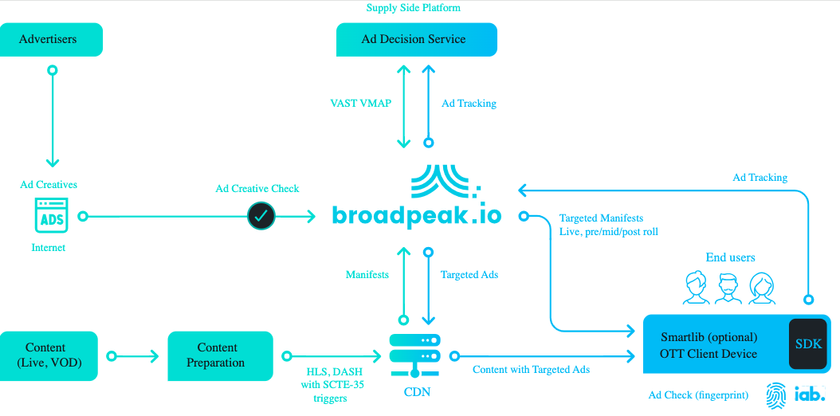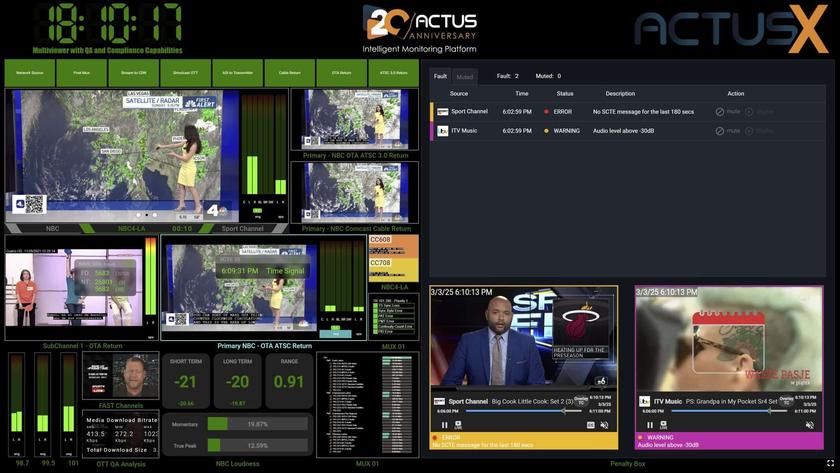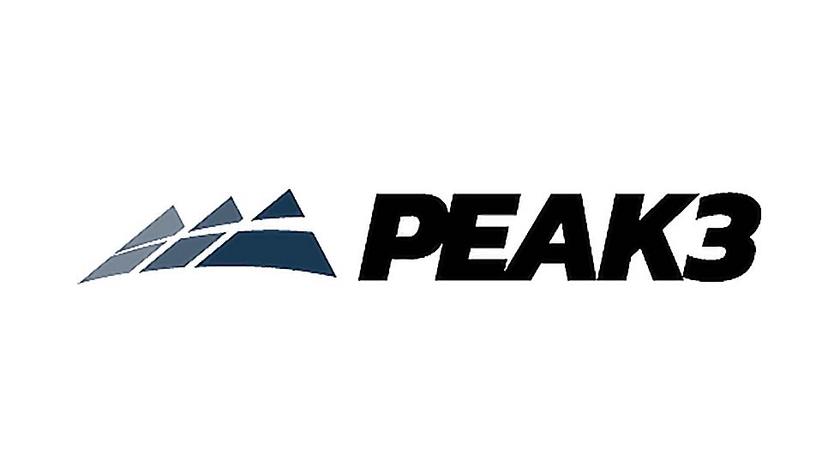New ENG Chopper Rules Suggested
WASHINGTON
Pilots of the two Phoenix television station helicopters, which struck in mid-air in July 2007 and fell fatally to the ground, had so many distractions they lost track of each other, according to a long-awaited National Transportation and Safety Board report issued at the end of January.
The report concluded that the probable cause of the crash was that the two helicopters drifted too close together because the pilots were focused on watching a police car chase and reporting the event for their stations.
The board voted unanimously to recommend that TV stations no longer have helicopter pilots also report news while they fly unless the stations can demonstrate pilots can do both safely. That fell short of what the board termed the "nuclear option," which would require a second crewmember in the cockpit to handle reporting, photography, and as well as deal with the production crew back at the studios.
"A pilot's first and primary responsibility is to operate the aircraft in a safe manner," said NTSB Acting Chairman Mark V. Rosenker. "Assigning someone else, other than the flying pilot, to perform the reporting duties in ENG operations and improved technology to assist pilots in distinguishing between the shape of airborne objects operating below them and the surrounding terrain will prevent accidents like this from occurring again."
Rosenker noted that years ago, he worked in television news, and cited the chaotic nature of breaking news coverage. "When you have a number of aircraft converging into one area, and the objective is to get to this dynamic story, where you don't know where it's going, you have to follow it," he said. "I think what we are trying to do at this board is help and create a more safe environment for the stories to be broadcast."
NEAR-MISSES
Though the Phoenix crash is the only mid-air collision in the United States between multiple news helicopters, the board found evidence of a substantial number of near-misses. Board member Kitty Higgins explained that at least 18 other incidents in which two news helicopters nearly collided in midair have been reported to a voluntary aviation safety database managed by NASA.
"We've had a lot of near misses," she said.
The chairman of the Helicopter Association International (HAI) ENG Committee, Keith Mc-Cutchen, said that guidelines his organization have proposed are in agreement with the NTSB recommendations.
"For example, we've proposed that if a pilot-reporter needs to be 'live' on-camera in the air, they should have either a co-pilot or a trained observer on-board helping watch for traffic," he said. "That's one way we can demonstrate that in many situations, a pilot can safely also serve as a reporter."
McCutchen agreed that pilot-reporting is not prudent in all situations, saying, "If the workload at an incident gets too high, our new safety guidelines specify the pilot-reporter needs to stop reporting until, and only if, a reduction in workload permits a resumption."
Just months after the mid-air crash, the National Press Photographers Association (NPPA) stated its opposition to having news helicopter pilots report live while flying the craft, citing industry safety standards and experts who say the practice puts the aircraft, crew, passengers, and those on the ground beneath them at a heightened and unnecessary risk.
In addition to the NTSB's recommendations on pilot reporting, it also recommended news helicopters be equipped with brighter lights and be painted in a manner that makes them more visible to other helicopters. Other recommendations included development of horizontal and lateral separation requirements and audio, visual and data recorders for helicopters.
A final list of the NTSB's proposals is not expected until mid-February.
Get the TV Tech Newsletter
The professional video industry's #1 source for news, trends and product and tech information. Sign up below.










